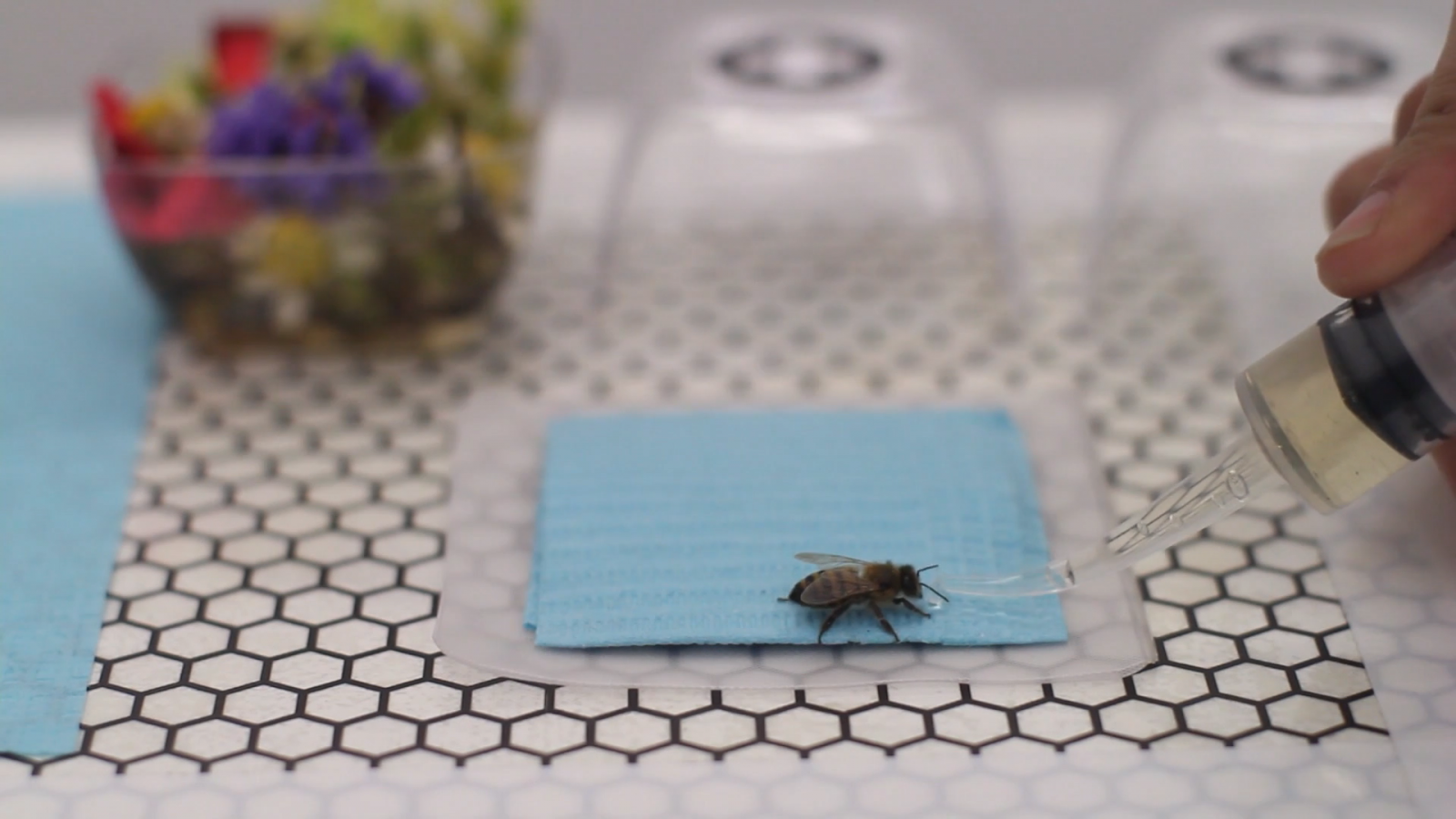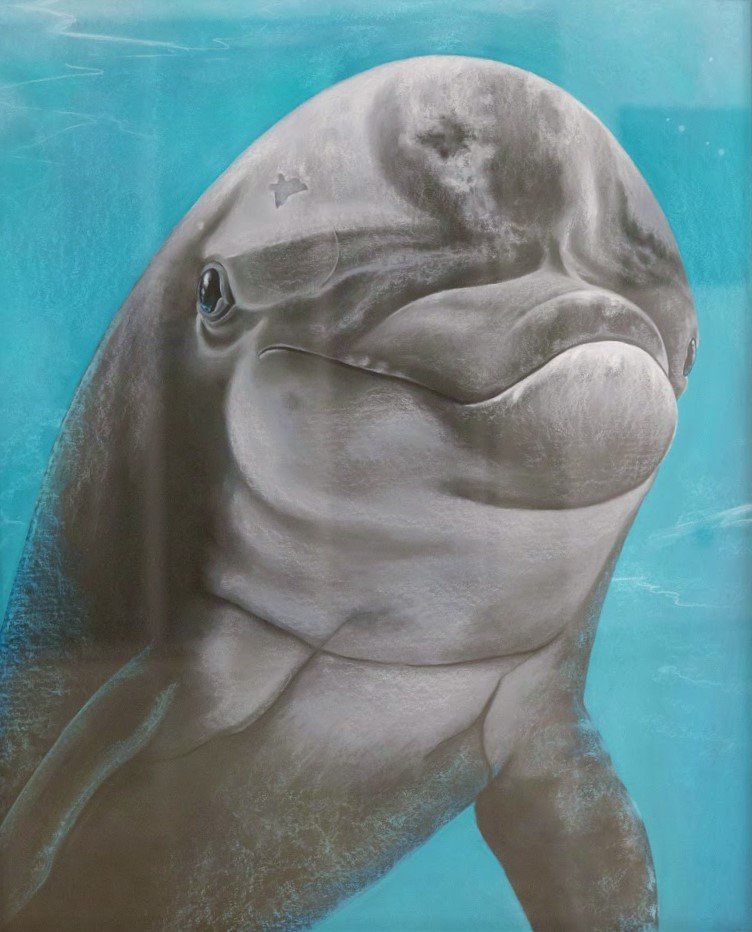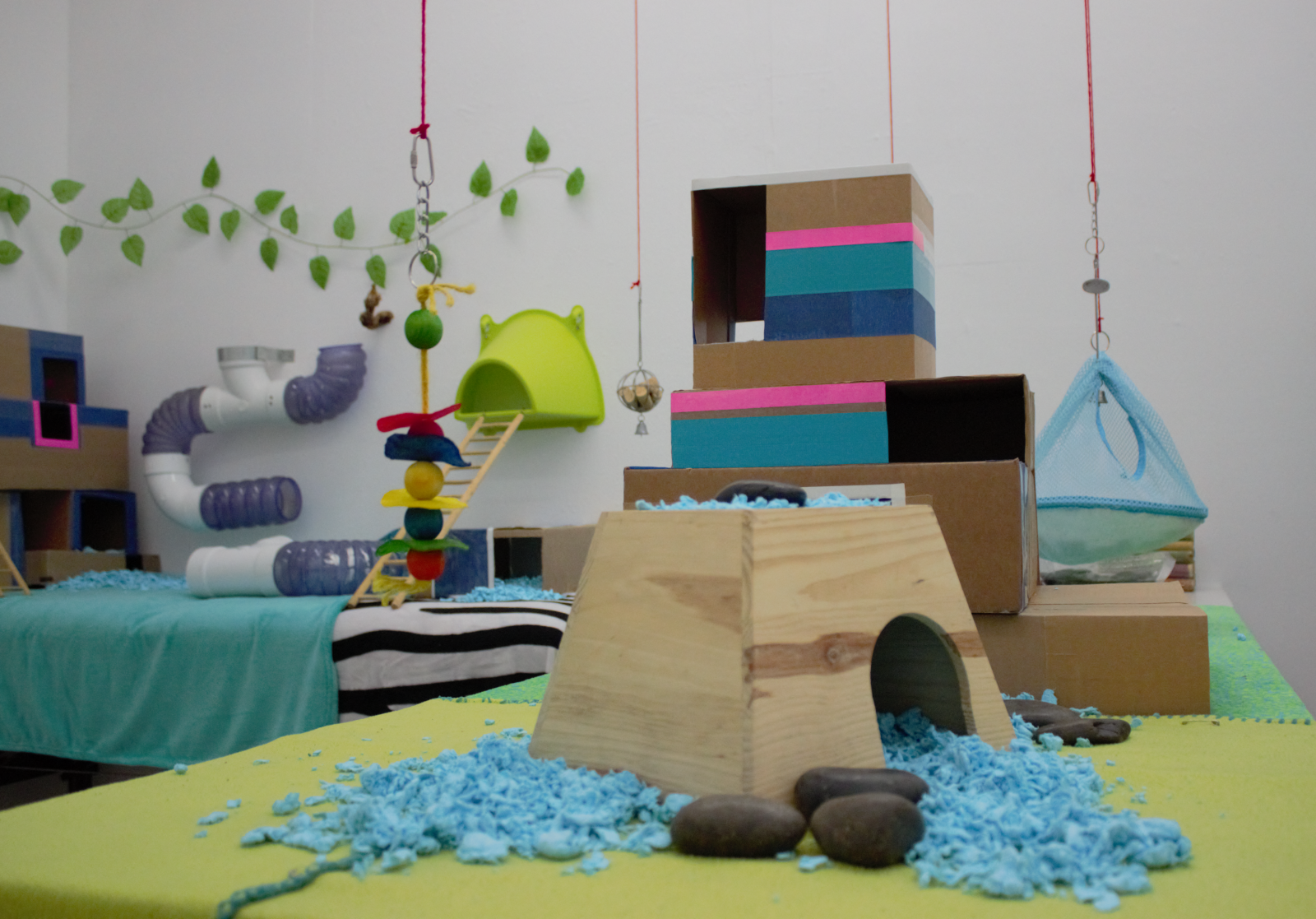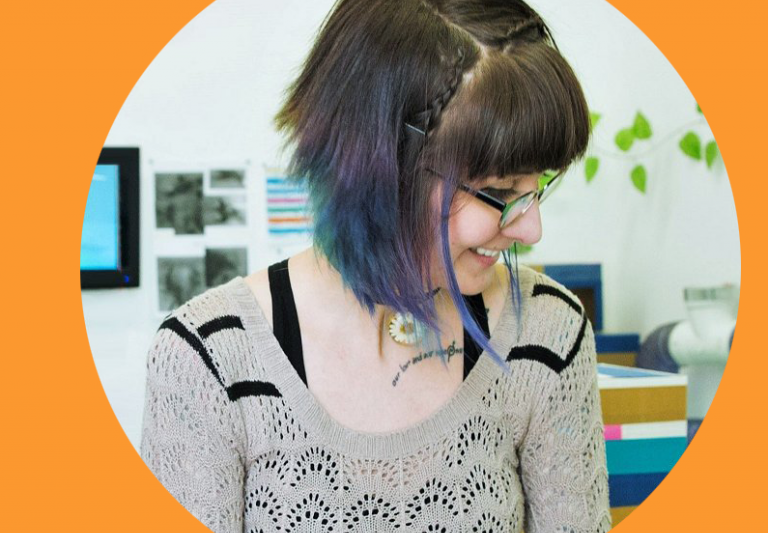Summer camps and classes are kicking off soon! What better way to rev up to the start of a Saturday Academy summer than a feature on an awesome instructor?
We spoke to the amazingly talented Lisa Korpos, an interdisciplinary artist, who's new to Saturday Academy. Lisa was happy to answer a few questions about her background, her work and process, and what she's excited to share with her students this summer. Her enthusiasm for her work is contagious and we are so excited to have her teaching for us!
She will be teaching the brand new Minds, Brains, and Art Camp, which focuses on blending the arts and neuroscience, and The Art and Science of Field Journaling, where students will be able to create their own field journal, as well as the returning favorite of Marine Biology & Art Camp where she is working with Georgia Paulk to teach all about marine ecosystems - so do check those out!

Could you provide some information on your history and background as a professional artist?
Sure! I’m an interdisciplinary artist, and my creative work is all about investigating nonhuman perception and cognition, vulnerability, and ecological interdependence. My practice is rooted in developing interspecies art—basically, interactive experiences that blur the line between the human and non-human animal worlds. For example, some of my past projects have included a radical veterinary practice for pollinators, an explorable landscape designed for the sensory systems of pet rats, and an English-to-prairie dog language translator. I developed this art practice during my undergraduate education at UC San Diego, where I studied both Studio Art and Cognitive Neuroscience. After earning my baccalaureate degrees, I also got my Master of Fine Arts from UCSD’s Department of Visual Arts, with an emphasis in Speculative Design. I’ve been fortunate enough to exhibit my critter-based creations in spaces like the Museum of Contemporary Art San Diego, the Other Places Art Fair, the California Institute for Telecommunications and Information Technology, Orange County Center for Contemporary Art, and this year, I have more shows coming up here in Portland and in Michigan. I’m working hard to be successful as a professional working artist, but I also find great value and joy in teaching, too.

What motivates you to create?
I am fascinated by the common threads that weave us together as interdependent beings on a shared planet: things like bodily vulnerability, communication systems, and primal emotions. I’m always trying to find these threads, to represent them in provocative ways, and to allow others to see them, too. I want to help cultivate concern, compassion, and care toward all living, sentient beings, and toward the ecologies that we’re embedded within more broadly. The most effective way that I have found to do this is through participatory and socially engaged art. So, that’s what motivates me!
Where do you find inspiration for your work?
I find inspiration in my interactions with others! These can be interactions with my companion animals, wild critters, or scientists whose research has been formative for me or catalyzing in some way. For instance, as an undergraduate intern at UCSD’s Dolphin Cognition Laboratory, I was utterly fascinated by how my scientist colleagues learned to identify individual dolphins according to the unique striped patterns on their heads. These stripes were akin to our thumbprints or facial features—unique to each individual—and became the basis for a series of drawn portraits that captured the individual likeness of each dolphin, honoring their intelligence and significance as individuals. Each one became more than a subject in the scientific sense. They became a subject in the philosophical sense: an individual, an agent, an autonomous being.
How does your work comment on current social or political issues?
I try to create objects, stories, and even utopian spaces that train people to be more empathetic—to pay attention to the embodied experiences and struggles of other beings. The playfulness and whimsy of these art projects is supposed to (hopefully!) serve as an entry point into productive dialogues about important social issues, such as sustainability, ecological interdependence, ethics, and biopolitics. For example, my current project, the Community Bee Clinic aims to create more visibility for the ongoing crises of pollinator decline and insect biodiversity loss. A full forty percent of the world’s insect species are currently threatened with extinction, however, this is a loss that is largely invisible to us as humans. My project attempts to bring more visibility to the scale and significance of this loss. The project also functions to document, highlight, and narrativize the struggles of the insects themselves through creative media representations and storytelling. Such stories train people to pay attention to scales of life that we do not ordinarily notice—a starting point for generating more advocacy and moral consideration toward these insects.
Your work is rooted in both science and the arts. Could you talk about your approach to blending these two fields and how your process looks?
I develop my work collaboratively with scientists. Usually, it begins with reading research papers, and if I’m lucky, I get to have actual conversations with researchers, spend time in the lab, and sort of “mine” their knowledge for artistic inspiration. My scientific collaborators have previously provided data, field recordings, and sometimes their laboratory materials, which I then appropriate and reimagine through contemporary art practices, ranging from interactive installation to sculpture, to digital video, to drawing. In some ways, our processes are very similar: they ask questions, and I ask questions. They experiment, I experiment. We’re both aiming for new discoveries and searching for something that begins to approach truth. But, the scientists are a lot more empirical about it, while I’m interested in creating something experiential, something that can catalyze discovery and wonder!

Is there something you do today that you wished you had known to do years ago in the context of creating works?
Yes, I've let go of my perfectionism! Often, we treat artmaking (and education!) as a way to prove ourselves or demonstrate our competence, value, or worth. This perspective is called an achievement mindset, and it’s not a very healthy one, because it’s so focused on reward rather than process. It’s all about the A+ or the gold star or the blue ribbon. We should strive for personal growth, rather than achievement. If you have a growth mindset, you learn to take joy in the process of practice, rather than the end result. You learn to value the little discoveries along the way, how to fail productively, and how to remain open to new possibilities. It’s a much better way of being, in my opinion. I didn’t discover the idea of a growth mindset until I was in my late twenties, and I feel like my younger self would have been significantly less stressed if I had been introduced to this idea sooner!
What are some major takeaways from the classes you are teaching this summer?
This summer is going to be so much fun! I’m teaching a Field Journaling class in which students will really get to engage their curiosity, connect with nature, and hone their observational skills. We’ll be making nature journals from scratch, then going outdoors and filling up those journals through scavenger hunts, botanical illustrations, creative specimen collections, and more. Additionally, we’ll also be focusing on Marine Biology and Art in a different camp where we will learn all about undersea ecologies and then collaboratively create some beautiful ocean scenes through the use of printmaking and alternative photographic processes, such as cyanotypes. Both these camps are very hands-on, fun, and process-based. Campers are going to have a great time learning about our rich forests and oceans through these artmaking and field journaling exercises.
What are you most excited for your students to learn or experience in your classes?
I’m super excited to be able to share my cognitive science knowledge with students in my “Minds, Brains, and Art” camp! We’ll investigate how our brains take in sensory input and then process it into perception, action, emotion, and memory. We’ll dive into the basics of neuroscience, and then ask questions like: “where, in our brains, do we perceive human faces? What about horizontal lines, or the feeling of fear, or the scent of rain?” I found neuroscience to be transformative and illuminating when I studied it in college, and I’m delighted to be able to share this knowledge with my own students now!
Thank you so much for sharing with us, Lisa! Don't forget to check out the camps and classes Lisa is teaching. See below and follow the links for more information:
Minds, Brains, and Art Camp begins on June 27th at 10 AM at Open School East for students in grades 9-12 and runs Monday through Friday till July 1st.
There are two sessions of The Art and Science of Field Journaling for different grade ranges. For grades 4-6, the class runs from July 25th-July 28th, Monday through Friday, from 8:30 AM to 3:30 PM. For grades 6-8, the class runs from July 5th-July 8th, Tuesday through Friday, from 8:30 AM to 3:30 PM, with no class on July 4th. Both sessions are at the University of Portland.
Marine Biology & Art Camp begins at Open School East on August 1st from 8:30 AM - 3:30 PM for students in grades 6-8. The camp runs Monday-Friday till August 5th.
Also, please do check out Lisa's full portfolio and website to learn more about her and her projects.


